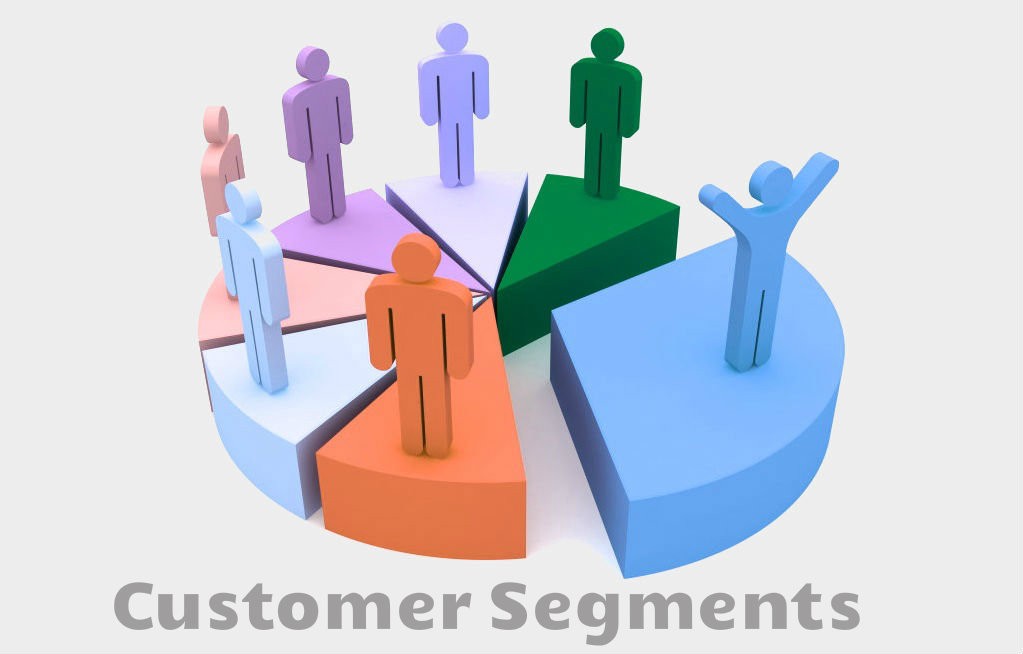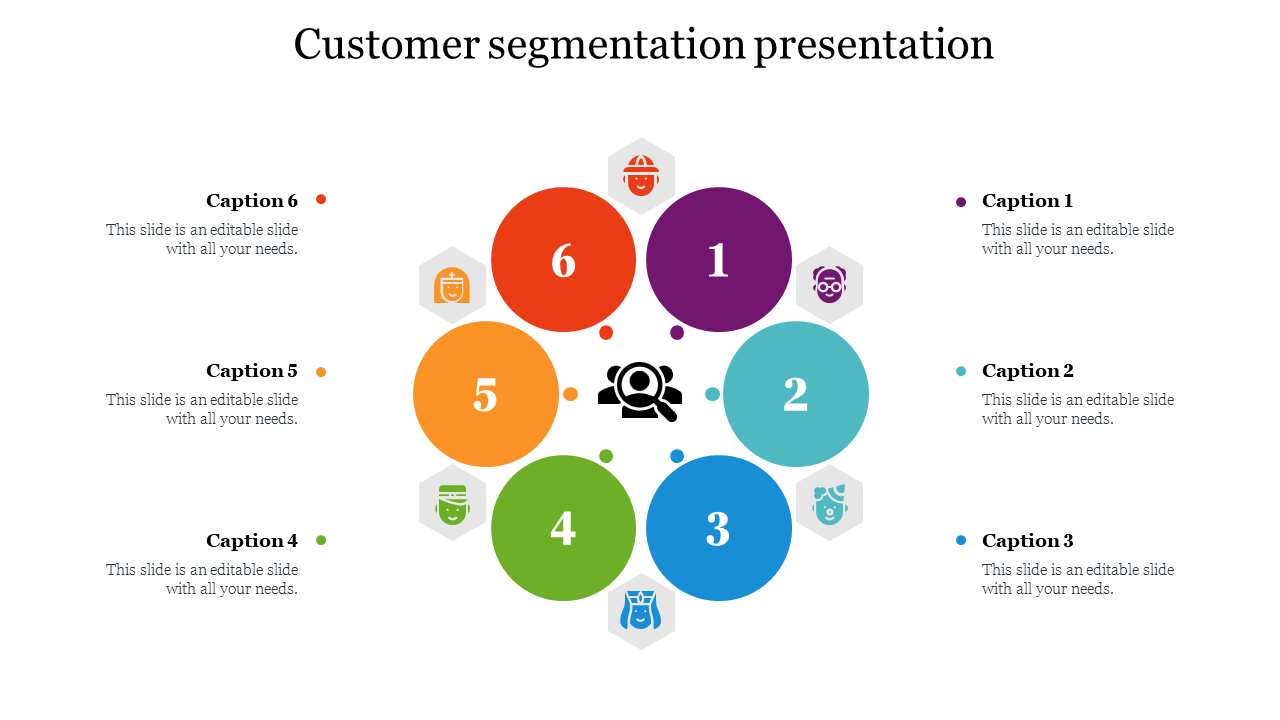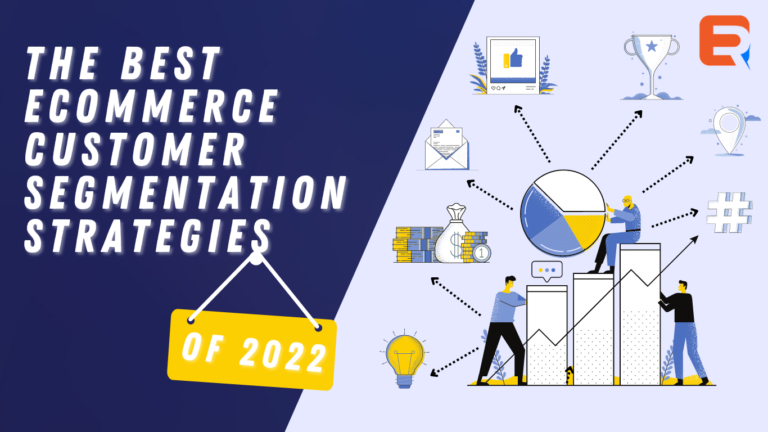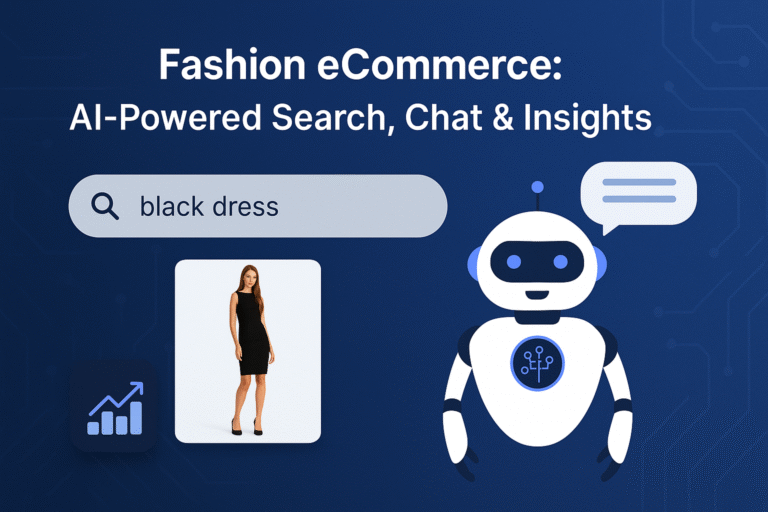There are many tools to make your online business flourish. However, the main factor to keep in mind is that you have to keep your customers happy. A study showed that only 50% of small businesses survive for more than five years. The reason is that they couldn’t satisfy their customers properly. So, satisfying your customers’ needs must be your top priority. However, you need to understand them to do such a thing. For this, you must know how to segment your customers.
What is Customer Segmentation?

Segmenting your customers is one of the most vital things that many sellers forget about. It is a process that divides your clientele into groups based on their needs and expectations. This grouping can help you come up with new marketing endeavors and make your products resonate with the customer. According to a poll done by Researchscape, 75% of sellers used customer segmentation to give personalized experiences to customers of specialized groups and saw a 63% rise in their conversion rates.
To do so, you need some credible data collection of your customers’ needs. This can be achieved by collecting the data from your search engine. Search engines are a program that searches for items around the website by using keywords that are typed in by the user. They can give both tractable results and generate traffic which would help in customer segmentation through SEO (“Search Engine Optimisation”). Both forces combined can give your business the boost it needs.
Grouping The General Mass

First, you need to segment your customers into groups of general masses. They fall under the following categories.
1. Those who Abandon Carts:
This group of people abandons their cart after adding something to it. Regardless of the reason, it is hard to make them reach the checkout point. You can send them a “come back” email but it alone won’t do. Add a list of products with a lower rate to the email or send a link with a custom message so that they feel encouraged to check it out.
2. Those Who Want Coupons:
Many customers nowadays want coupons so they can buy what they want at a cheaper price. They wait for the giveaways that some companies do and spend money only when they do that. Through digging, you can see who redeems offers and who doesn’t and with that, you could create some offers that might grab their attention. This way they will become your loyal customers eventually.
3. The Money Spenders:
There are always some people who spend a fortune on your shop. They range from buying every few days to buying things in bulk at the end of the month. To show your appreciation you can gift them something with their purchase or, give them early access or free shipping. That will make their shopping very comfortable and they will buy from you again.
4. The One Timers:
These are the people who have only bought from you one time. To encourage them to place more orders you can ask for a review from them and in turn, offer a coupon or present them with products that are seasonally based. They may not be loyal or buy more but by trying, you can at least grab a little of their attention. That is what you need in the eCommerce world.
5. Loyal Customers:
Loyal customers are loyal to your brand name. They also bring more people as they may have told their parents, friends, or other family members about your brand. You can gift them a unique reward point or secret offers and discounts no one knows about. You can also request their opinion on new products. This way you can surely have them retain their loyalty to you for a long time.
6. Thrifty Ones:
Unlike the high-money spenders, they are on a budget. If you can track the product they bought you will be able to know when they will come back to you. You have to just continually monitor their purchases and product cycle. You can send out incentives and discounts on their estimated time of buying and request feedback. They are easy to understand so you can make them come back if you put yourself in their shoes.
7. The Indecisive Bunch:
Some people are more indecisive than others. You will be able to notice them as they buy very rarely, often abandoning carts but have a high count of sessions with your customer care. To help them convert their beliefs, you should send them more information about the product and highlight their selling points to them. Then they may also convert and turn into loyal customers of yours.
8. The Subscribers:
These people are the ones who subscribe to your content as in your newsletters and eBooks etc. To increase your brand influence with these types of people you have to send updates on features, plans, and products, and provide them with tips and discounts, etc. They may start sharing your vision and trust you more after reading the wonderful information that you provided them with.
In the ecommerce landscape, uniquely showcasing products such as cartridge oil filling machines can significantly enhance user experience. Highlighting advanced tools like the All-New HotShot™ Pro 2G Filler Machine in product merchandising can invite specialized audiences seeking efficiency and cutting-edge technology in their operations.
Traditional Categories of Customer Segmentation

Now that we know of groups of people, let’s dig deep into the traditional categories they fall under.
1. Demographic:
This type of customer segmenting is mostly based on a person’s age, gender, income, relationships(married or not), etc.
2. Behavioral:
This segmentation finds the consumer’s past purchases or their history with your brand and on its basis decides how to cater to their needs.
3. Geographic:
This works on the customer’s geographic location so it can target a specific state or country. It can also capitalize on the climate of that state or country.
4. Psychographic:
Psychographic segmentation is based on the psychology of the consumer. Meaning it digs deep into the consumer’s preferences, values, and beliefs so suitable products are recommended.
The Bottom Line
Customers are the lifeline of a business. Without them, your business will not exist. The more closely you observe them the more you will solve the puzzle of how to make your business a successful one. If just segmenting them and catering to their needs gets you an amazing result, why push it further? Do it now!




